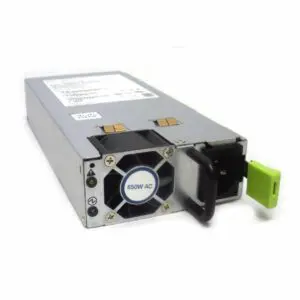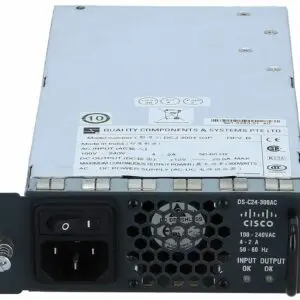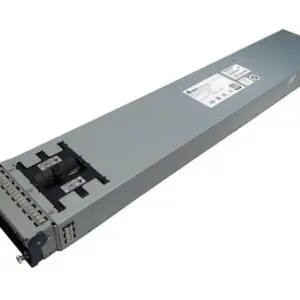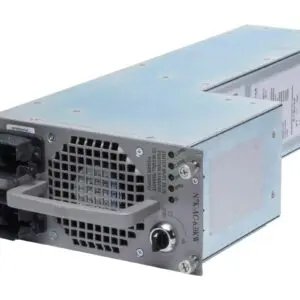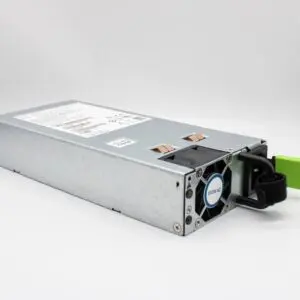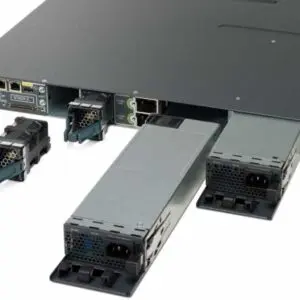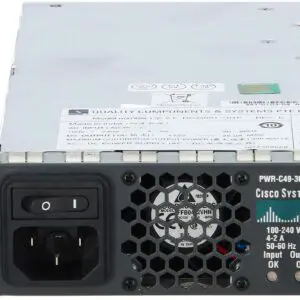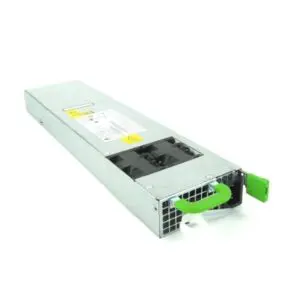Source: Cisco
When you refer to a “Cisco power supply,” you’re likely talking about a power supply designed for Cisco network devices, such as switches, routers, or similar network equipment. Here’s an overview:
1. **Power Supplies for Network Devices**: Cisco power supplies are essential components for ensuring the reliable operation of network equipment. They convert electrical energy from an external source (for example, a wall outlet or a power cord) into a form of energy that can be used by network devices.
2. Redundancy and Reliability: Many Cisco network devices support redundant power supplies, which means they can be equipped with two or more power supplies. This provides an additional layer of redundancy and reliability, allowing the device to continue operating normally even if a power supply fails.
3. Hot-Swappable: Some Cisco power supplies are hot-swappable, meaning they can be removed or replaced while the device is running. This allows you to perform maintenance or replacement of a faulty power supply without interrupting the operation of the device or affecting network uptime.
4. **Models and Capacities**: Cisco power supplies are available in a variety of models and capacities to meet the specific needs of different devices and network environments. This includes power supplies of different wattages, energy efficiencies, and physical sizes to meet the requirements of different equipment.
5. **Compatibility and Certifications**: Cisco power supplies are designed and tested to ensure full compatibility with Cisco network devices. They can also be certified to meet safety and energy efficiency standards, such as industry standards and government regulations.
In summary, Cisco power supplies play a crucial role in ensuring the reliable and continuous functioning of Cisco network devices by providing stable and reliable electrical power to support network operations.
Showing 1–12 of 14 results



